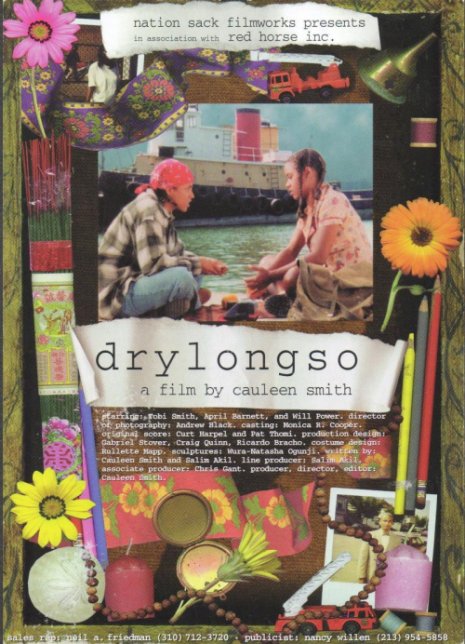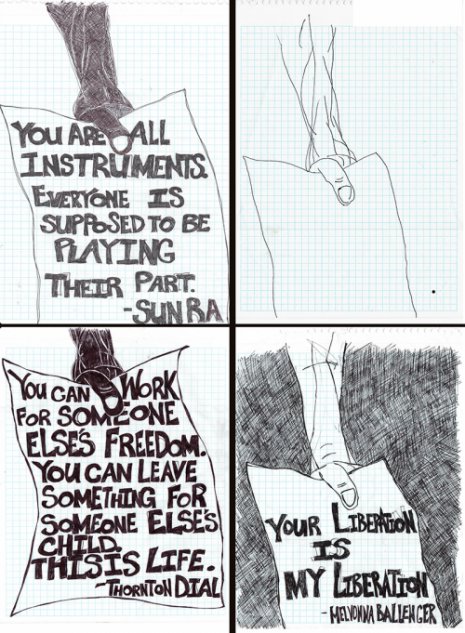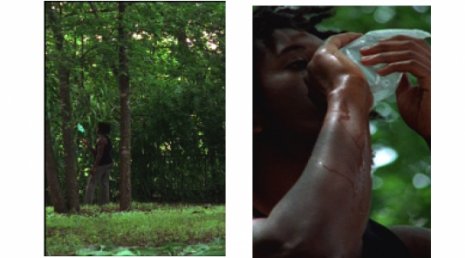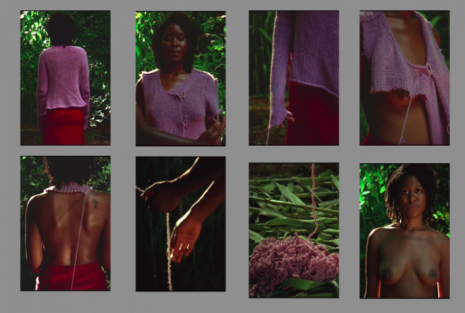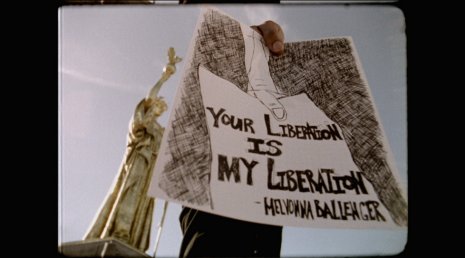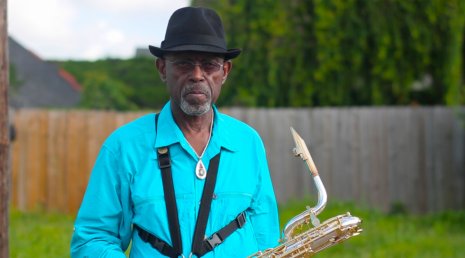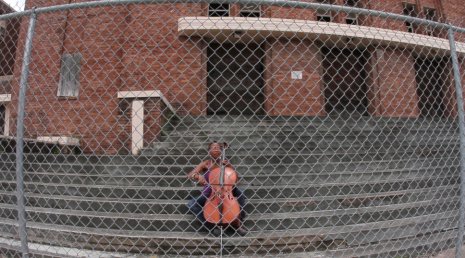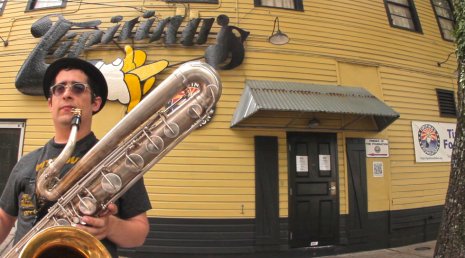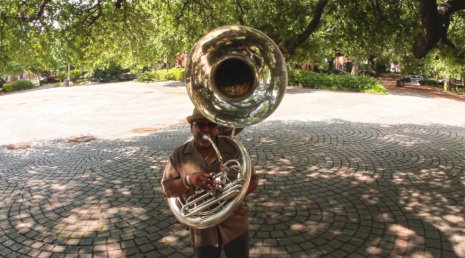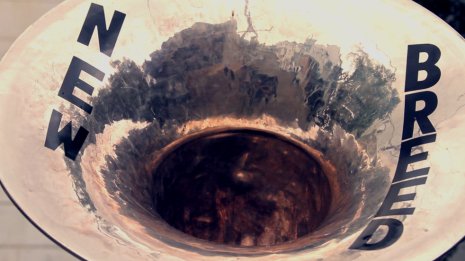Chapter One
Here, the email conversation between Cauleen Smith and Romi Crawford, associate professor of Visual and Critical Studies at the Art Institute of Chicago; March - April 2016.
Romi Crawford:
You have an ongoing practice that has evolved over 15-20 years. Is there a through line or anchor in the work? If so what might that be?
Cauleen Smith:
My work is about the things on this earth that carry the least amount of value. The bodies of black women (Elsewhere, 2008), the emotional lives of Crows, the neglected lakefront of the south side of Chicago (The Way Out Is The Way Two, 2012), a neighborhood in New Orleans that may never return (The Fullness of Time, 2008). We exist in systems that select and assign value based on what we are, based on the bodies we inhabit. I live in a body that has never been considered anything more than a vessel for the interests of others and a receptacle for the anxieties of the powerful. Of course my affinities are like-things: black things, female things, unknown, inaccessible, neglected and ignored things. A common bird of paradise flower signifies our cosmic lineage and origins on this planet (Satellite Strelitzia, 2012). The low-end frequency of bass clef instruments map the terrain we can autonomously navigate. (H-E-L-L-O, 2015).
According to human histories I barely exist and yet, here I am. Harriet Tubman was so very very real that her life could not be witnessed. I say “could not” because most of Tubman’s' activities were wholly illegal if not treasonous. Therefore, even close allies, like Frederick Douglas, for instance, did not know the details of her adventures. To do so would have put her at risk.
Surely the star Harriet followed can still lead us to our own sovereignty and that is why the cosmos is the conceptual terrain for many of my films. Even when we see, we do not see. So I make the myths that are too mundane to live in lights, but rather bloom in the shadow of dark matter. This is not some noble enterprise. This is survival.
The materials and formal strategies that I use adapt to the ideas that I’m inhabiting. What I mean by inhabiting is that I try and guide my questions and curiosities though a specific point of view. Frequently that position is determined by individuals or historical events that I’m researching. It’s even better when there is a material cue, when the things I am learning and the position from which I try and learn point me towards particular materials, or procedures, like pressing records, screen printing, video loops, silent 16mm, or sculpture.
And though my films are very formal and owe a great debt to structuralism, there is a tension between the ways of reading those films, which require one to lean in and look hungrily at the image and the way in which I’m using those strategies to serve narrative.
I’ve experimented, with inconclusive results, I should say, with using the tropes of classical cinema to mis-direct or over determine the affective experience of the viewer. I was interested in how potent the illusionistic tools of classical cinema can be. I wanted to generate a kind of suspicion for that power - a reflexivity - so that the spectator became aware of their desire for consumable affect as opposed to having to generate it, construct it for themselves. This was naive, but I had to make a certain kind of work to understand that. And maybe I had to move through this cynical gesture to get to something more generous.
One thing I have not been able to figure out is how to speculate, undermine, or revise histories without engaging, intervening, and inventing new narratives. But narrative as we mostly understand it promises a story “well told.” Well-told meaning there will be little to no ambiguity about what is occurring and why it is occurring. We enter into the contract of narrative expecting that we will understand every sign and signal. So if they are opaque, someone will be there to tell us what the signs and symbols are; we will not be expected to decode them for ourselves, or wrestle with the vulnerability induced by co-existing with uncertainty. I think this obligation to satiate the spectator is amplified for filmmakers who work from a non-European perspective. So much of the value of our work is designated as what we teach others about our worlds. So if the spectator (and here I guess I’m talking about gatekeepers - people who determine the value of work) feels that there is a lack of authenticity, a failure of the othered subjects to make themselves legible, then the work has no utility. It’s not “serving its purpose.” Of course that purpose is not being determined by the maker, but by the gatekeepers. When one speculates, invents, and mythologizes, as I try to do, one undermines this expectation of usefulness. And this is why it is so very exciting to win an award or film video because I feel that I’ve been working against the cinematic conventions quite aggressively for most of my practice.
Then there is the way in which the technology has been designed to express exclusivity through its basic qualities. The way that digital cameras handle contrast means that very dark subjects are rendered invisible to camera sensors. The way that film emulsions are balanced means that the nuance of skin tone and its many varied colors is flattened out in favor of some kind of average, and that average in no way considers the full range of human skin tones. Stuff like that is hilarious and frustrating, because it means I’m using tools engineered by people who do not think that colored folks are using these tools. And again I think about the ways work is valued. Even in the art world, a “high-quality” image is registered as superior to a “low-quality” image without any other qualifiers or markers of value beyond a particular kind of rendering. That’s fascinating when you think about the fact that that kind of qualitative judgment would be considered wildly naive with regards to painting, drawing, or sculpture.
High resolution and seamless illusion signify high-quality, and therefore superior, art; but most importantly they signify consumable product worthy of consumption. And perhaps this is actually necessary when we think about the vast resources required to make a moving image. But justifying exclusions and omissions necessary to make profitable stories rings hollow to me.
There has got to be a way to make creative work that does not depend on a circular logic to rationalize our entitlement to such products. There has to be an ethical way of making moving images. I’ve found that allowing my work to speak towards intimacy and amateurism rather than towards mass consumption and broadcast-ability allows me to find the spectators with whom I most enjoy talking. This is the spectator who needs more, wants more, and sees more than what the surface offers.
RC:
Yay, I love that you comment on the technological barriers and impediments that are embedded in the form. This is a perfect segue I think to another question that I’d like to activate that has to do with the material qualities of film. There are filmmakers out there making really interesting work through practices that address what were once the formal limits of filmmaking. I speak here of impulses to make the projector present in installation and screening venues; hand-worked film surfaces, work made with antiquated cameras, etc. I, for one, really appreciate this vein of work. In much of it narrative, and content, is secondary to the overt experiments with the film, camera, projection, etc.
You state above that you've been "working against cinematic conventions quite aggressively" for most of your practice.” I feel that and think that it is true, but there is also a quality of tinkering and experimentation that does speak directly to film form more historically. How does the work draw upon the formal histories of film form?
CS:
When I say cinematic conventions, I’m talking about classical illusionistic narrative cinema. I’m always telling stories, but I try to avoid making illustrations. In my work image is the message; the edit is the action. The spectator makes the meaning. My films and videos are handmade. What does it mean for digital media to be hand made? For me it means that the manipulation of the image is legible and usually non-repeatable because the effect or device emerged directly out of experimentation with the medium. In my films that are both celluloid and digital you will also see the actual hand of the maker.
Examples of this that are most consistent through the works would be scratches on the film, an unsteady handheld frame, a disruptive (rather than seamless) edit, digital effects used to elicit laughs rather than repair or beautify, excessive superimpositions, extravagant colorization, long takes where the camera does not move but the maker or another player performs movements in front of the camera to explore a philosophical or conceptual question. I am indebted to structuralist strategies in the ways that I make decisions about form based on questions that I hope to play out and play through the medium, ways of recording and making images. For the constellation of shorts that comprise The Way Out Is The Way Two, I gave myself a set of rules that were varied and gave me a lot of flexibility, but I tried to stick with them in the hopes that these structures would help reveal things about ideas I was encountering: improvisation, repetition, alien-ness, memory. The psychogeography of Chicago could have taken me anywhere and everywhere, so structuralist rules helped ground the exploration. But yes there is also a certain play and exploitation (and love) of the very conventions to which I claim to be opposed. Which is why in that set of films I explicitly use scripting and dramatic (melodramatic) tropes for those doctor-patient scenes.
Lately I’ve been thinking about the tensions in my process of research and production between academic training, professional practices, and autodidactic improvisation. I was trained to think like an agitator and make work like a formalist (SFSU). Then I was re-trained to think like a political operative and make work like a professional (UCLA). Now I re-train myself to listen like a musician and play like a psychedelic electric guitarist (southside of Chicago). I try to find ways of resisting the colonial hierarchical terms offered in filmmaking. The pyramid of labor, the politics of permits and permissions, the gaping canyon between the framer and the framed are boulders I perch upon to perform nimble, unassuming, invisible, yet bombastic procedures for making moving-images.
My concerns rest around system-building: ways of making that produce new relationships and equations that have not previously been considered viable. At the center of my concern for ethical process - a process that feels more like a five piece band jamming in a garage than a battleship rolling onto the beach - is the notion that the way a thing comes into being can have as much currency as the thing itself.
The process of making leaves traces and creates new cells of thought that can embed themselves in the minds of whoever encounters that process. I lead my band; and I lean against the amp when my drummer/cinematographer takes her solo. Film shoots are spectacles. So what can the spectacle generate? What can the spectacle subvert or support? Why do people like pretty images? Why is a cinematic image more valued than a televisual image, or a smartphone image, or a cartoon? What are we sacrificing by failing to see what is there in favor of judgment based on what is not there? How to make a beautiful image that only the hungriest of eyes can see? What form does that take? How do we find that image? These are my questions. I promise you, if you look hard at my films, you will see a disgustingly abundant unapologetic mess of beauty.
""I seem to be refusing the spectator a lot of things she may want, but I am also offering something else: tools for self-reflection that also point to the ways in which we are so intimately connected.""


